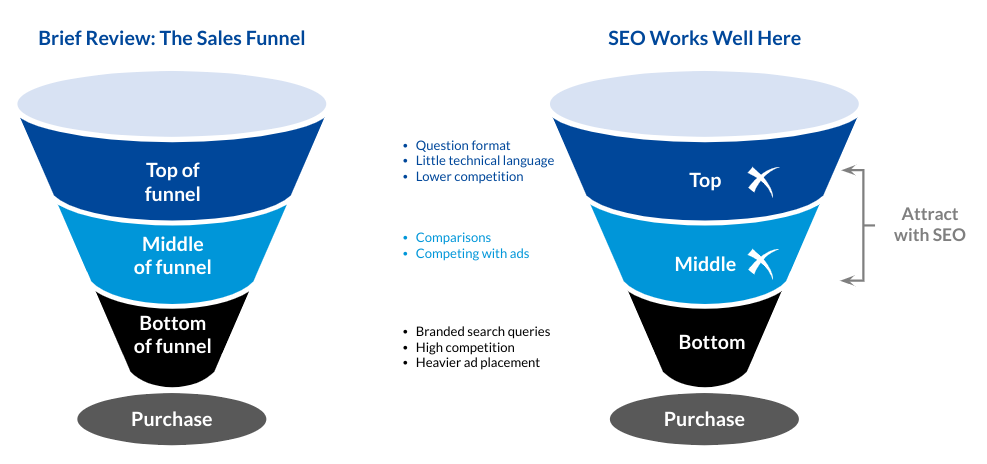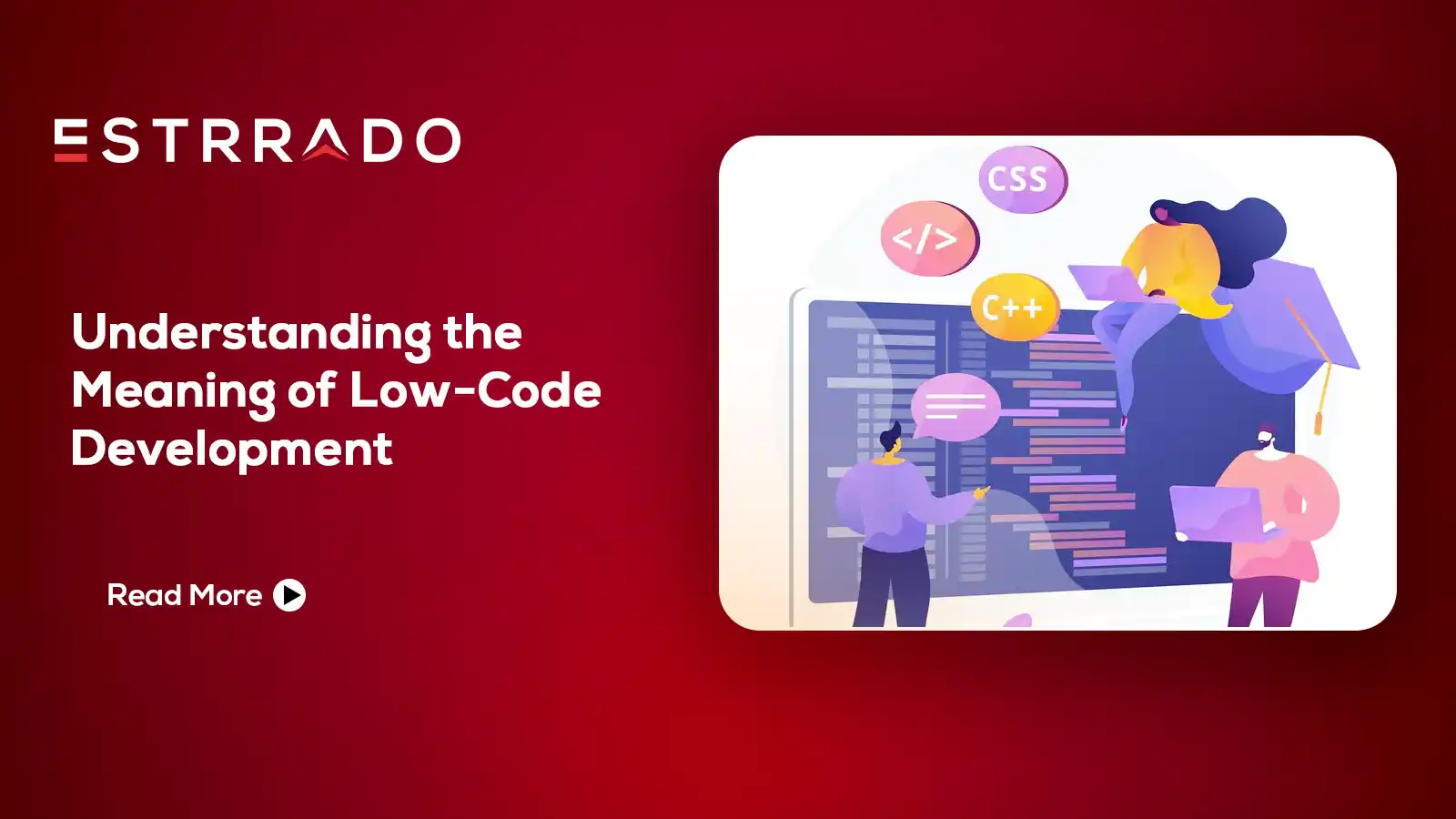Do you think SEO is purely technical because it deals with robots, codes and algorithms? This part of optimization is essential for ranking. But there is a more human and subjective stage that underlies the entire strategy: the understanding of people’s search intention.
Users go to Google (or other search engines) because they want to find answers. So, every search carries the intention of solving a problem . However, these intentions are not always obvious, as each person uses different words to try to find an answer.
That’s why one of the great efforts of search engines is to understand human language to unravel people’s search intent. With this understanding, robots can search the index for the contents that best meet the needs of users.
And that’s where the subjective part of your SEO and Content Marketing strategy comes in . You also need to understand people’s search intent to deliver what they want to find, so Google recognizes that you have the best answers and deserve the best rankings.
Want to better understand what search intent is and how to interpret user searches? In this article, we’re going to talk about:
- What is search intent?
- How does search intent influence SEO?
- How to unravel the search intent behind a keyword?
- How to optimize content based on search intent?
What is search intent?
Search intent is what the user wants to find when doing a search in search engines.
A search for “yoga for beginners”, for example, brings with it the user’s intention to find classes, tips and postures for those who want to start practicing yoga. These aren’t advanced tips or muay thai lessons — that’s not what the user is looking for.
This may seem obvious, isn’t it? But it is this understanding of what is behind the search terms that allows you to plan the production of content that meets the needs of the persona.
This understanding is valid not only for Google, but also for YouTube, social networks and other Digital Marketing channels that have a search engine. In all of them, what a person types in the search bar is not just a keyword, but an intention to find answers to their questions and needs.
What are the different types of search intents?
Search engines are used to find answers, whether about the prices of a product or about the best restaurant nearby. So, each search brings with it the objective of finding some answer. Broadly, these intentions can be divided into four main types.
Informational
Users who are doing informational searches are at the early stages of their research journey. They may be researching topics, looking for inspiration, or trying to get how-to information. Here the user wants to get informed, learn about some subject.
Search terms are more generic, without the use of a brand name and focused on discovery. It is important for you to know that at this stage, users may not even know about your brand or what it offers as a solution.
When writing content for informational research, consider the best way to answer the user’s question or need. Conversions at this stage are minimal, so you won’t need to take a sales approach. On a buying journey, this type of research takes place at the beginning, when he is trying to understand their needs.
In informational searches, a user can implement terms such as:
- who, what, where, when, why or how
- guide, tutorial or resource
- ideas, tips, learn or example
Examples of searches with informational intent: What is the snowiest place in the world? What is ERP? What tools can I use to discover search intent for SEO?
The important thing is to make your site appear as an option to users who are at this early stage. To do this, you must provide useful and informative information.
Navigational
The user already knows where to go, but uses the browser to get there more easily. This happens, for example, when he types the name of a brand to get to her website.
Navigation searches are those with the intention of discovering more about brands, products and services. Here, the user is looking for something specific that can serve them, whether it is a desire or a need. It’s called navigation because the user has the goal of ending up on a predetermined page.
In navigational searches, a user can use terms such as:
- brand names
- product names
- service names
Examples of searches with navigational intent: Elvis ERP, digital marketing service, Estrrado
For navigational search intent, the important thing is to take up as much space as possible in the search results, including paid ads, organic traffic, and social media profiles, so consumers don’t have a hard time finding your brand when they look for it.
Commercial
Now it’s up to the users who have all the information and are deciding what they want. These are your typical “best website designer near me” searches. This is where a strong business presence combined with direct marketing gets you noticed.
Commercial searches are those intended to land on commercial products or services. To win that search intent, bloggers and content creators target their sites for product reviews, comparisons, and more. There are numerous types of commercial products that can fall into this category.
Users may want to compare brands, so having positive reviews and up-to-date product listings will help you to rank in this category.
In commercial searches, a user can use search terms such as:
- better or top
- review or comparison
- product attributes (such as size, color or general category)
Examples of searches with commercial intent: Best ERP Software for schools, eCommerce Platform comparison, Elvis ERP review
Transactional
Transactional surveys are those with the intention of completing a purchase. At the end of the search, the user expects to make a transaction or to know what transaction he expects to make in the future. They can store the results for a later date or make a purchase right away.
In transactional searches, a user can use terms such as:
- buy, buy or order
- coupon
- cheap, price or pricing
- town / city and merchant type (for local SEO)
- near me (for local SEO)
Examples of searches with transactional intent: grocery delivery near me, amazon coupons, cheap ecommerce website in Trivandrum
Each of these four types of search intent can be infinitely divided into more categories, ultimately showing the true depth of user intent and the real reason why AI technology is so useful for these purposes.
The best tools to help you discover search intent
Google Ads ( or other keyword research tool ) – To determine the keyword intent behind your target keywords, you’ll need keywords to work with first. While it’s far from the only place you can look, Google Ads is a solid starting point. Access Keyword Planner to get new keywords to work with, determine search volumes, and predict relevant queries.
Featured snippets and people ask too ( for informational searches ) – Pay close attention to SERP features like these when reviewing results pages. They will tell you a lot about what wins and loses for any specific keyword group. Other resources include sitelinks, knowledge cards, video results, news results and shopping results.
SERP Ranking Analysis – Take your keywords and see what’s at the top of each one. Pay close attention to results 1–10. Statistically, they get the highest clickthrough rates – and that’s what you want, right? Right.
Local SEO analysis ( for transactional searches ) – Local search results are paramount for selecting various types of merchants and service providers. Focusing on a SERP analysis of Google My Business and the map results will make a big difference in how you handle the search intent of a local lens.
Long-tail keyword analysis – Long-tail keywords are much more likely to present nuanced intentions behind the screen. Using them as a basis for determining search intent can lead to a deeper understanding of your target audience, such as what they’re looking for when they click on a top result.
Moz Pro ( or other comprehensive SEO panel ) – If you have the budget, tools like Moz Pro and Ahrefs can be extremely helpful in getting you started developing a holistic SEO approach (research intent included).
You can also hire SEO service from experts like Estrrado who know the terrain. Whether you choose an agency or software to support you, it’s your choice. Considering SEO’s historically impressive ROI (SEO is up to 75% more affordable than PPC anyway), the leap could be worth its weight in gold.
Conclusion
Hopefully, this post helped to break the connection between SEO and search intent and give you a better idea of how the two are interconnected in terms of your site’s ranking.
Did you like this article? Don’t forget to share it! Do you have any suggestions or criticisms?
Send an email to sales@estrrado.com









